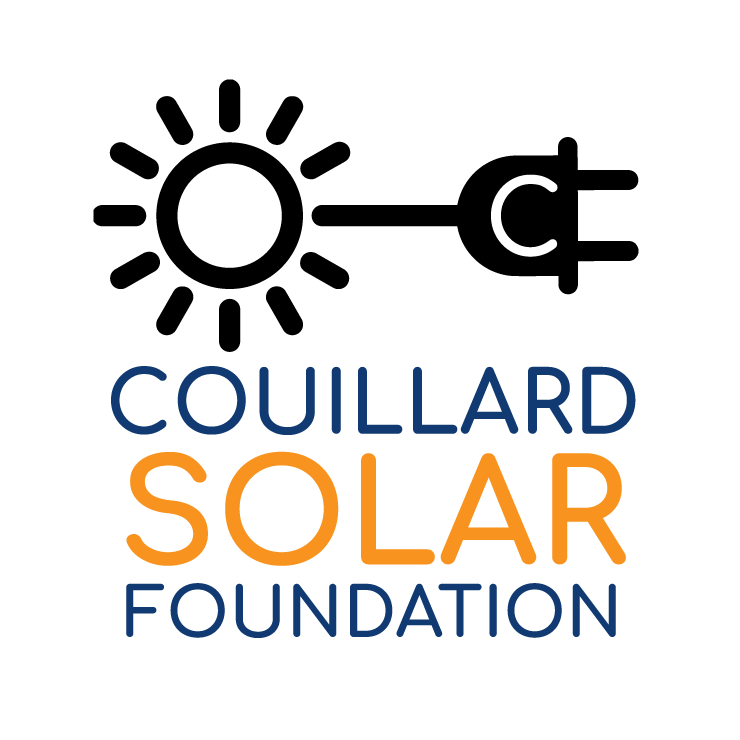Cris Folk – Lemke Residence Case Study

Cris Folk is an Energy Consultant and technical trainer. He served 20 years as an Electronics Technician in the US Navy, where he earned the Master Training Specialist certification.
Formerly the Director of the Renewable Energy Program and an 18-year full-time faculty member at Madison College teaching in the Renewable Energy, Industrial Maintenance Technician, Robotics and Electronics Technician programs, Cris specialized in developing and providing customized technical training to over 100 businesses in southern Wisconsin.
Cris has also been a photovoltaic and wind energy curriculum developer and training provider for the Midwest Renewable Energy Association (MREA) since 2006.

Project Details
Project customer and location:
John and Chris Lemke Residence, New Construction in the Fort Atkinson area
Size and type of the project:
10K ground mount, with 28 Speed Solar Philadelphia bifacial panels.
When installed – Date:
Commissioned July 3, 2020
Before and After Energy Use Comparison:
The site of this array is a newly constructed home, so there are no previous energy use numbers for comparison. However, since the Lemkes’ had a 10 kW Mono-facial array at their old home, it was possible to compare the first month’s power production totals with the same month’s power production from their previous array.
The July 2020 performance of this system was 1,985 kWh, a 20.6% increase over the old 10 kW system’s best July performance** (1,645 kWh).
*Based on the July performances over 7 years.

Why Choose Bifacial Solar Panels
For Cris, the decision to reach out to Speed Solar was when he learned Bifacial solar modules are now cost competitive with traditional Mono-facial modules. He was excited by the potential of Bifacial modules in a ground mounted array for two reasons:
- They produce more power from the same area
- They are more attractive
Using Bifacial solar panels allowed Cris to build the Lemkes’ a new 10kW array with just 28 Bifacial solar panels, compared to the 40 Mono-facial panels he’d had to use for their old array. The new array has a smaller footprint, and he considers it more attractive.
Plans to further optimize the Lemkes’ array include placing recycled sheets of aluminum under and around the array, to increase albedo to the back of the panels. This innovative idea is an economical way to boost the power generation of the array. It also promises to be a low-maintenance solution to help the homeowners keep the surrounding area neat and free of weeds.
An Opportunity to Educate
Cris was also excited to work with the contractor who built the home, educating them on how to build with renewable energy systems in mind. This project took three months from initial design to commissioning and he was able to work with the builder to alter the original plans to better accommodate the use of solar as part of the home’s design.
He sees his work with builders as a way to help even more future homeowners incorporate renewable energy into their homes.
We asked Cris what he would say to someone considering using Bifacial technology and here’s his answer.

“The cost of bifacial modules is so competitive, if you have the space it doesn’t make sense to NOT put in bifacials.”
Cris Folk, Master Training Specialist
